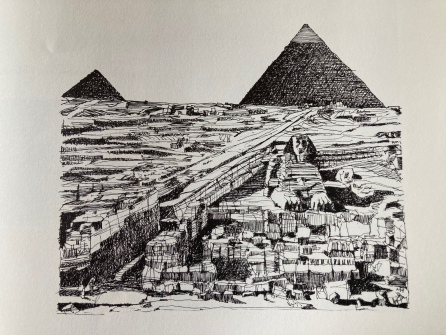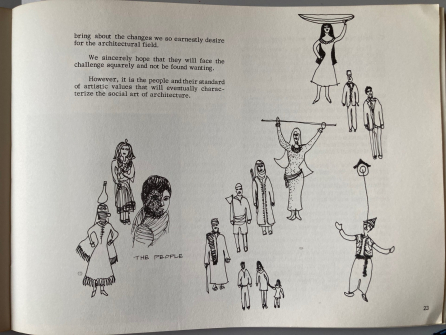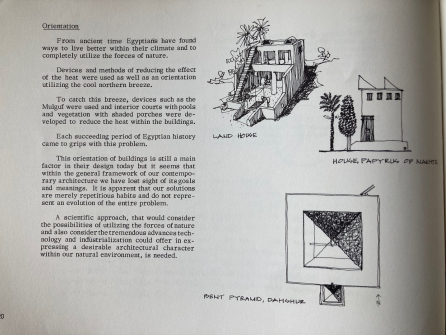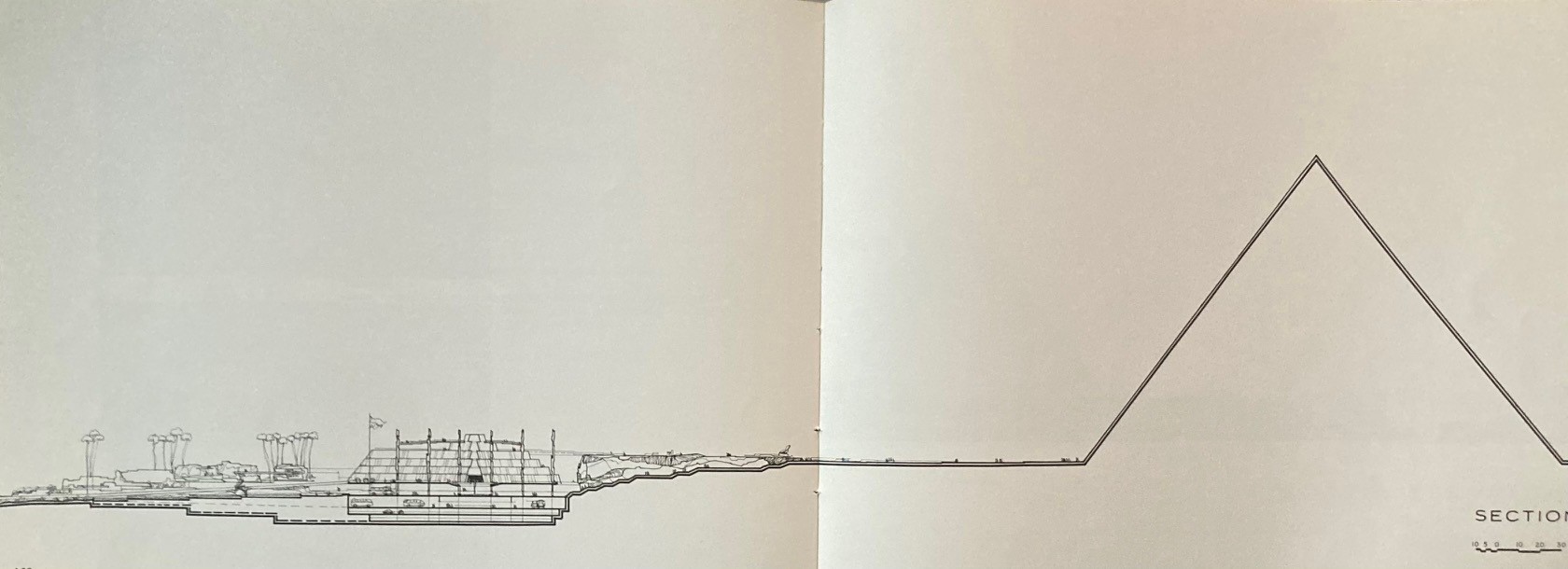Located on the picturesque banks of the Nile, the historical and urban area of Giza in Egypt is a testament to the rich history of human civilization, where ancient monuments intermingle with a modern urban structure. Home to the famous Giza Plateau, where the pyramids stand, this area holds millennia of history, culture and architectural wonders.
Giza's history is intertwined with ancient Egyptian civilization, dating back to the 26th century BCE. The Great Pyramid of Khufu, Pyramid of Khafre, Pyramid of Menkaure and enigmatic Sphinx have long captured the world's imagination and stood as enduring symbols of human ingenuity. Over centuries, Giza has evolved from a sacred necropolis into a vibrant urban hub.
Since the discovery of Tutankhamen’s tomb in the 1920s, Egypt’s tourism has boomed, and the pressures of urbanization have created major problems for the historic area of monuments in Giza.
These challenges are not unique to Egypt. Many World Heritage sites across the globe grapple with a delicate balance between preservation and modern development. The juxtaposition of historical treasures against the backdrop of a burgeoning urban environment has presented a common dilemma, with sites such as the Historic Areas of Istanbul and the Historic Centre of Rome facing similar challenges.
Experts, urban planners, architects, preservation specialists, and heritage site managers have spent decades aiming to requalify Giza and its surroundings, and numerous urban regeneration projects have been planned.
The ICCROM Library conserves one of those never-realized plans in its collection. The dissertation titled, “Giza historical center: A study to preserve Egypt’s eternal architectural heritage within the living urban organism”, was written by PhD student Mohsen Abd El-Kader El-Hennawy at the Catholic University of America. The university published the thesis in 1967.
In terms of content, the work is divided into two blocks: in the first part, the author aims to give the reader an insight into various aspects of Egyptian architecture. Topics such as the influence of nature and landscape, human dwelling and society, religion, history and technology are touched on. Giving examples, the author describes the various characteristics of Egypt's modern architectural landscape, illustrating this chapter with numerous black and white photographs.
The second part concentrates entirely on the historical complex in Giza. After an introduction describing the basic features of Egyptian historical architecture, El-Hennawy focuses on the Giza complex. With the help of many drawings, plans, elevations and sections from different perspectives and cardinal points, the reader gains insight into the site and the respective arrangement of the monuments in the historic site.
In the final part, the dissertation's author presents his proposed solution for the area's requalification. In particular, he focuses on three aspects that he believes are of great importance for the valorization, rehabilitation and use of the historic complex of Giza.
-
The connection of the site with the Metropolitan Area of Cairo
-
The construction of a Processional Avenue following the ancient Egyptian building tradition
-
The integration of modern buildings and services into the historical complex, such as museum and theatre facilities, research facilities, recreational facilities, etc.
The author envisions a modern building complex consisting of several buildings, including a visitor centre, library, research centre and auditorium, and green spaces.
This book impresses with the clarity and beauty of the drawings and plans, wealth of detail and clear vision, encapsulated in the conclusion:
“[This study] represents the belief that architecture is a continuous interpretation of events in history and that it is our duty to carry on the heritage of those magnificent peaks in our history. By studying them, experiencing them, and evaluating them, we are helped towards a better future” (p. 125).
El-Hennawy's plan never became a reality. If you look at Giza on Google Maps today, where the author planned cultural facilities, there is a huge car park and a private golf course.
However, the world is much anticipating the opening of the new Grand Egyptian Museum, which is located in Giza, just two kilometres from the pyramids. The museum is the new home of Egypt's most famed ancient art and artefacts, which were previously on display at the Egyptian Museum in downtown Cairo.
Citation: El-Kader El-Hennawy, Mohsen Abd: Giza historical center : a study to preserve Egypt's eternal architectural heritage within the living urban organism, Washington, DC: The Catholic University of America Press, 1967
ICCROM: VIII E 755, https://biblio.iccrom.org/cgi-bin/koha/opac-detail.pl?biblionumber=1309




